Retro Replay Review
Gameplay
A Ticket to Ride challenges players with a blend of exploration and resource management under an ever-ticking clock. You begin each session with 24 in-game hours to gather a valid ticket, identity documents, and the curious sum of 2048 credits. The sense of urgency never lets up, encouraging you to plan routes efficiently while balancing side objectives like trading or barter in roadside shops. This constant time pressure transforms what could be a simple fetch-quest into a tense race where every move matters.
(HEY YOU!! We hope you enjoy! We try not to run ads. So basically, this is a very expensive hobby running this site. Please consider joining us for updates, forums, and more. Network w/ us to make some cash or friends while retro gaming, and you can win some free retro games for posting. Okay, carry on 👍)
Movement is deceptively simple: push the joystick left or right to traverse the roads, and use up or down to turnaround when you hit the end of a path. This nod to classics like Tir Na Nog and Turbo Esprit feels fresh thanks to the game’s open-ended level design. You’ll find multiple branching paths, hidden shortcuts, and even dead ends that force you to backtrack—each decision compounding the urgency of the 24-hour limit. There’s a genuine thrill in mapping your route and executing it flawlessly before time runs out.
Beyond basic navigation, A Ticket to Ride employs a robust icon-driven interface. Pressing the fire button reveals 16 different icons, granting access to your inventory, local shops, object manipulation tools, and even quick-save or restart options. Inventory management becomes a mini-puzzle in itself: should you carry extra fuel or hold onto credits for potential bribes? The clever icon layout keeps interactions smooth, letting you focus on the choices rather than tooltips or clunky menus.
Encounters with NPCs and roadside vendors also break up the movement-heavy gameplay. Some characters trade information or rare items that can shave precious minutes off your journey, while others attempt to stall you for their own gain. These mini-interactions feel organic and unpredictable, ensuring that no two playthroughs are exactly alike. By combining tight controls, meaningful choices, and situational risks, the gameplay loop remains compelling from start to finish.
Graphics
A Ticket to Ride sports a distinct retro-futuristic aesthetic, marrying chunky pixel art with bold, neon-infused color palettes. The world of Selexia feels both familiar and alien: winding desert roads, gleaming outpost structures, and distant starliners on the horizon all evoke classic science-fiction atmospheres. Even on modern screens, the sprites retain a handcrafted charm that pays homage to 8-bit and 16-bit adventures of yesteryear.
Character and vehicle designs are surprisingly detailed given the modest resolution. Passengers waiting for last-minute rides sport unique silhouettes, and each type of hovercar or transport shuttle bears subtle visual cues hinting at performance or special features. Environments shift from dusty highways to busy marketplaces and bureaucratic offices, each rendered with distinct color schemes that aid navigation and mood-setting.
Lighting effects—such as flickering neon signs and occasional flare from passing starships—lend an extra layer of immersion. While the game doesn’t push real-time shadows or high-poly models, it leverages sprite-based animations to convey weight and momentum convincingly. A well-timed spark when docking at a station or a dust cloud trailing your vehicle enhances the overall sense of speed and consequence.
Every UI element, from the timer display to the icon menu, is crisply drawn and intuitive. The font choices and panel designs reinforce the futuristic theme, making it clear that every detail was crafted with care. Whether you’re zooming across the map or idling in a dusty cantina, the graphical presentation remains both cohesive and evocative.
Story
The narrative framework of A Ticket to Ride thrusts you into a high-stakes evacuation of Selexia, an outpost abruptly abandoned by its governing Federation. Inhabitants are given exactly 24 hours to secure passage offworld—no more, no less. This premise instantly hooks you with its urgency, as any momentary lapse could strand dozens of innocents on a dying frontier.
To board the fleeing starliners, three essential items are required: a valid ticket, identity documents proving your right to relocate, and the enigmatic sum of 2048 credits. The oddly specific credit requirement pokes fun at sci-fi’s obsession with binary-inspired numbers, subtly commenting on how entrenched computing logic has become in everyday life. This playful detail adds depth, hinting that the Federation’s bureaucrats think in bits and bytes rather than dollars and cents.
Dialogue exchanges and in-game text expand on the backstory, revealing tensions between colonial pioneers, corporate contractors, and the central Federation authority. You overhear whispered rumors of hidden agendas—some believe the evacuation is a cover-up for a deeper conspiracy. These story threads don’t overpower the main quest but provide tantalizing detours for those hungry for lore.
Ultimately, the narrative excels by keeping you invested in the fates of the Selexian inhabitants. Whether you’re haggling for credits with a smuggler or forging new ID papers in a clandestine office, the stakes feel real. Every successful bribe or forged document underscores the game’s core theme: survival in a system that values data and numbers over human lives.
Overall Experience
A Ticket to Ride delivers a uniquely tense and rewarding adventure that will appeal to fans of both retro gaming and narrative-driven challenges. The blend of tight time constraints, strategic decision-making, and atmospheric presentation creates a compelling package that holds up on repeated playthroughs. You’ll find yourself refining routes, experimenting with different item combinations, and uncovering new story details with each run.
Despite its relatively simple control scheme, the game offers surprising depth. The icon-based interface strikes the perfect balance between accessibility and complexity, letting newcomers jump in quickly while still satisfying veteran players seeking mastery. Combined with the distinct art style and immersive sound design, A Ticket to Ride showcases how thoughtful design can elevate minimalist visuals into a memorable experience.
While the core loop hinges on item collection and time management, the variety of side interactions— NPC encounters, shop negotiations, and optional lore hunts—keeps the pacing fresh. There’s genuine tension in every second ticking down, but also satisfaction in executing your plan flawlessly or discovering a hidden shortcut. It’s a testament to the developers’ skill that a game built on straightforward mechanics feels so dynamic and alive.
For anyone intrigued by futuristic adventures, resource juggling, or simply a well-crafted retro homage, A Ticket to Ride is well worth your time. Its engaging story, crisp presentation, and challenging gameplay make it a standout title that lingers in the mind long after you’ve shut it off. Prepare your tickets, documents, and credits—your escape from Selexia awaits.
 Retro Replay Retro Replay gaming reviews, news, emulation, geek stuff and more!
Retro Replay Retro Replay gaming reviews, news, emulation, geek stuff and more!
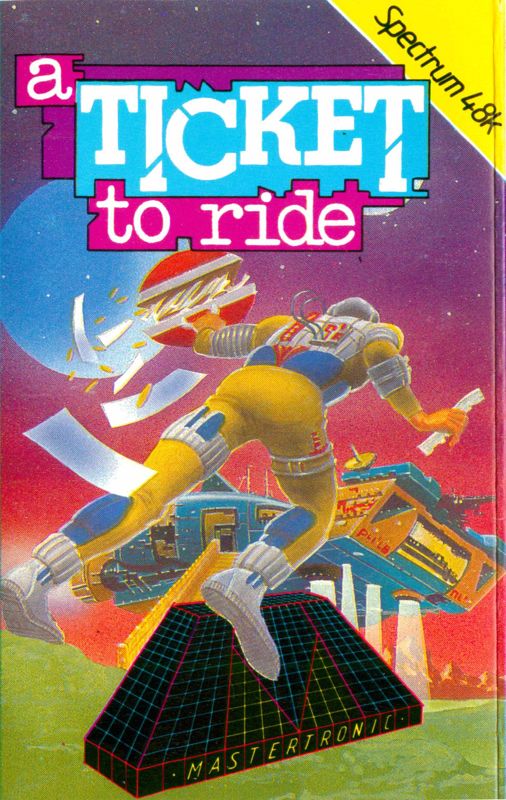
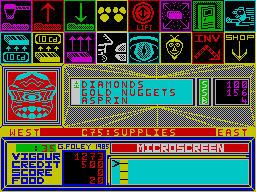

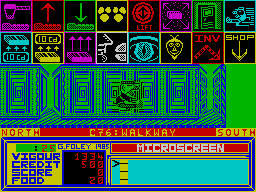
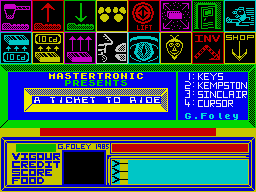
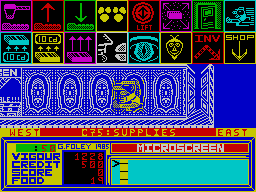



Reviews
There are no reviews yet.